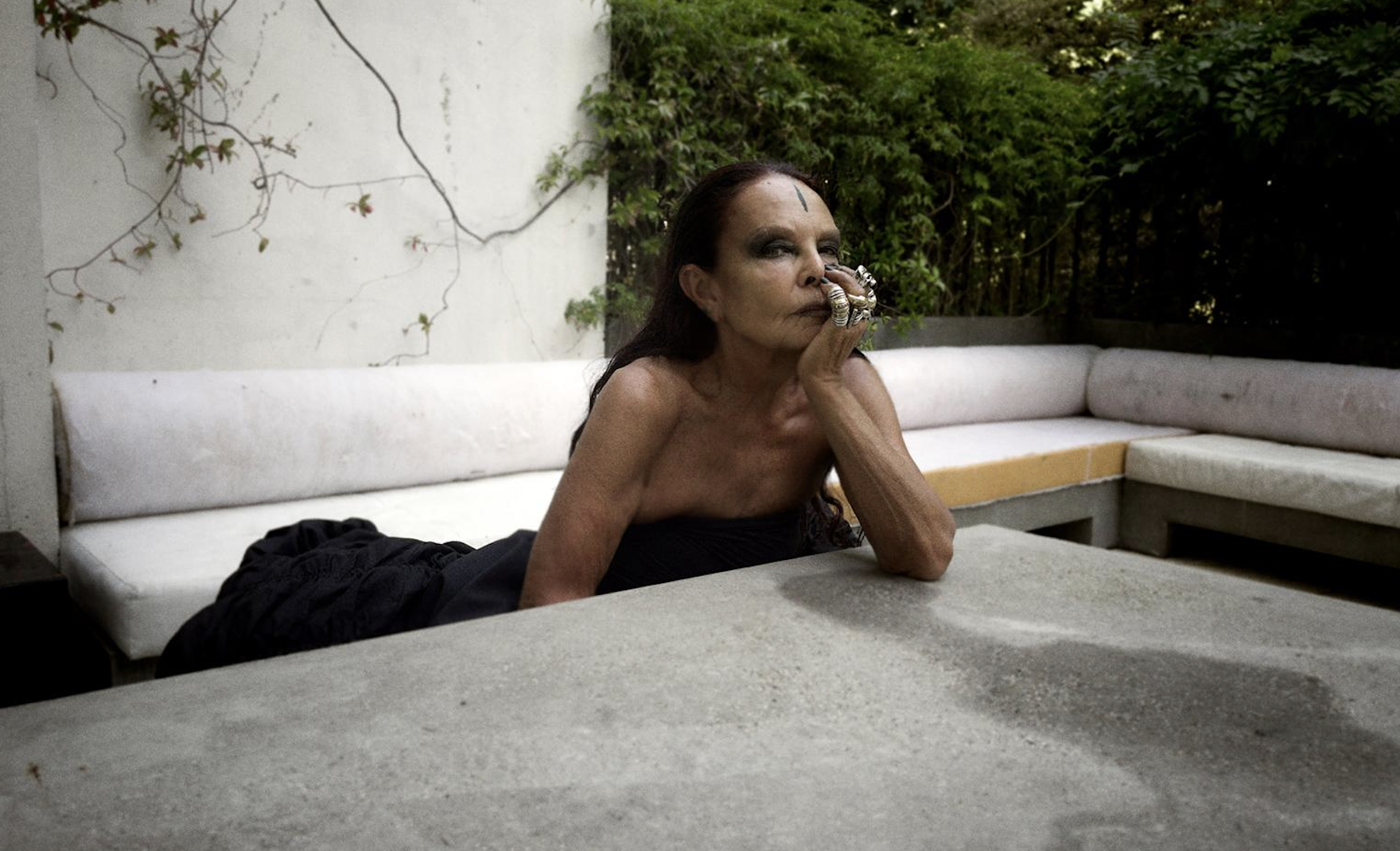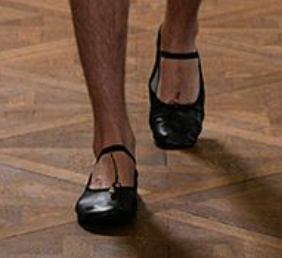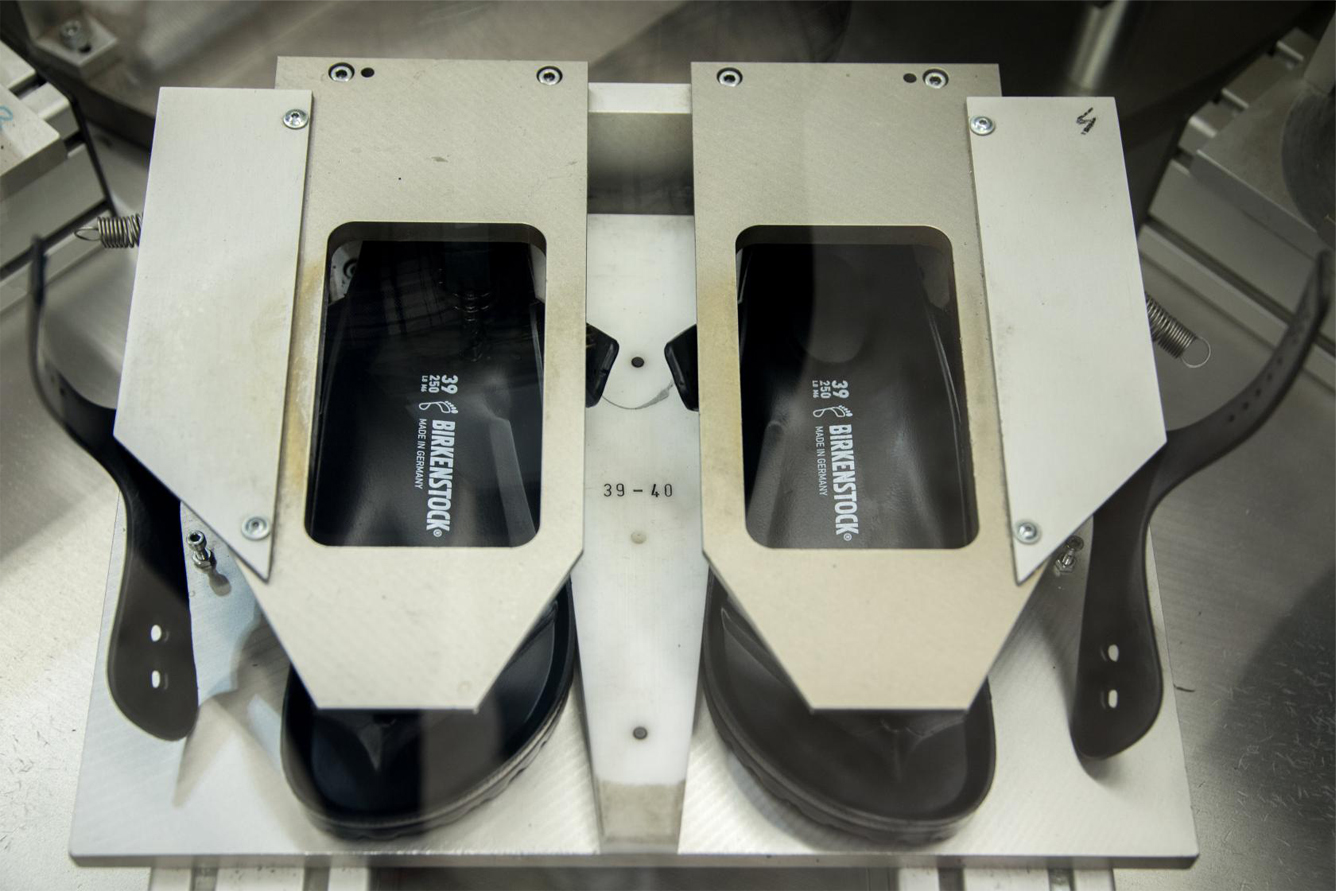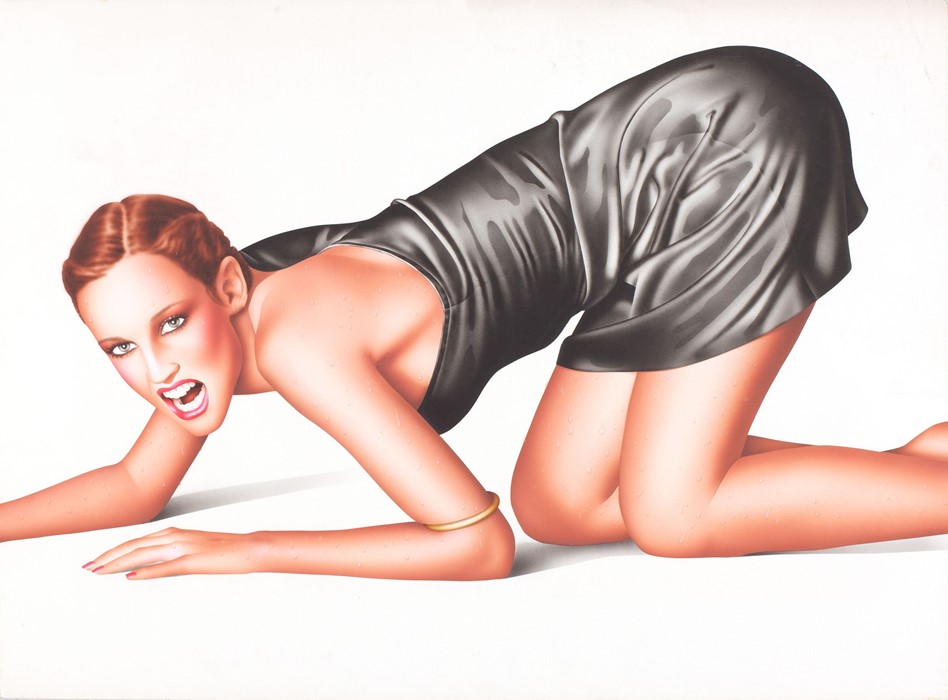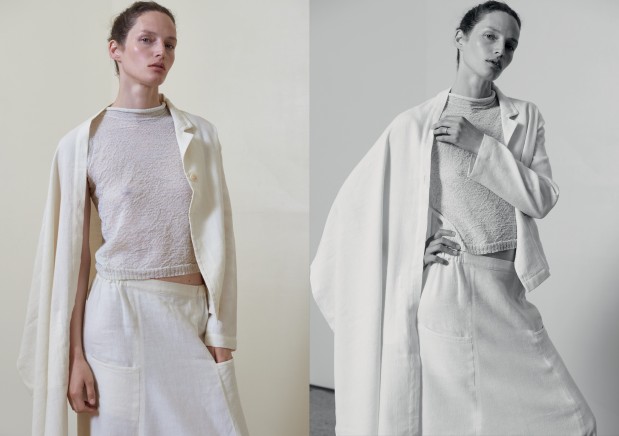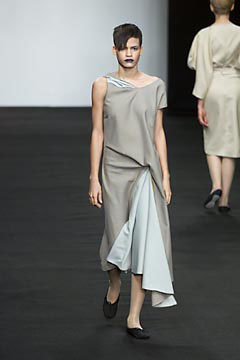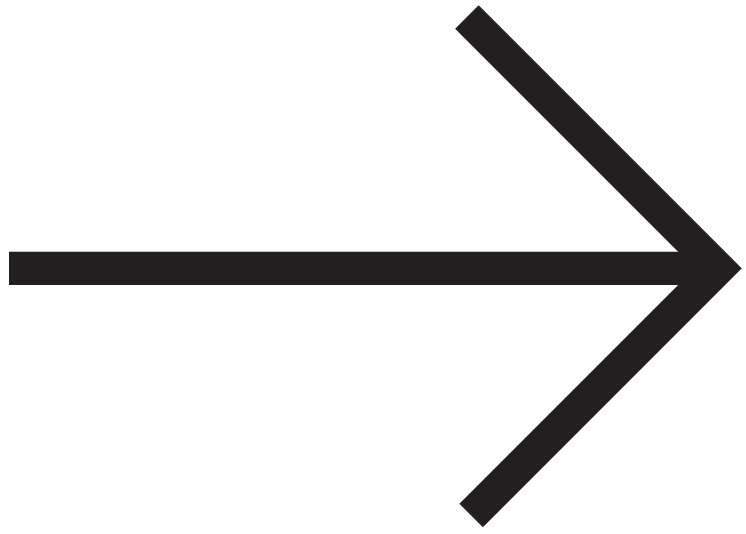2020
Galleries
Published in Modern Matter N°17
Opening Hours

Gently push the door open into any of the privately owned businesses dealing with contemporary art in London’s Mayfair or New York’s Chelsea. Notice the smudge of your hand stain the glass. It is a mark upon a sanctified mausoleum to modernism, magic and meandering. It is a print that says ‘I am here’ but one that soon disappears. The interior is full of aloof, thick glass doors. Walls all freshly painted white. Smooth concrete floors. The elegant indifference scratches you under the chin, like a cat.
In the eighth episode of the British comedy Absolutely Fabulous, aired on 3 February 1994, the gregarious, gobby, gold-draped Edina Monsoon decides to buy art. Lots of it. In a three-minute clip that is a shady, tea-serving meme before the meme, Eddie stomps down London’s Cork Street into The Mayor Gallery where she is greeted by the archetypal gallery assistant of the period dressed in head to toe beige and immediately too inquisitive, too officious, too mistrusting. Eddie’s rebuke: ‘You only work in a shop you know, you can drop the attitude’ slices through the snobbishness of cultural gatekeeping, the notion that only some people can and should have access to the treasures inside. It is a mood that has thankfully waned. Today art fairs around the world are attended as if they were pop concerts. Jennifer Saunders’s iconic comic romp through the annals of London’s buzzy fashion scene captures the flat champagne angst of the capitalist 1980s as it heads into the pop socialism of New Labour. The scene also illuminates the unyielding power that the gallery has to make us feel inadequate.













